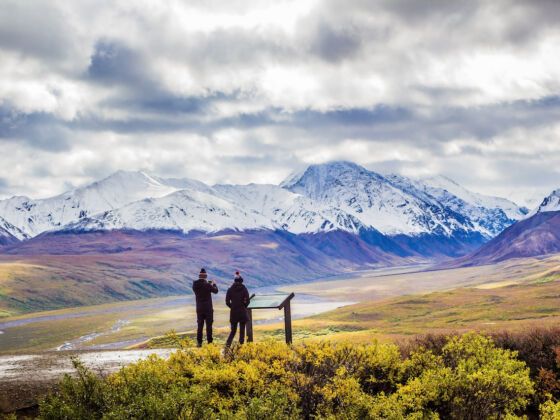1. The sheer joy of a ripe berry patch.
The list of things that don’t grow well here is quite large but berries are not one of them — lingonberry, cranberry, raspberry, blueberry, strawberry, cloudberry, and crowberry. I love them all. There’s nothing like exploring the great outdoors and stumbling upon a large patch of berries ready to enjoy.
